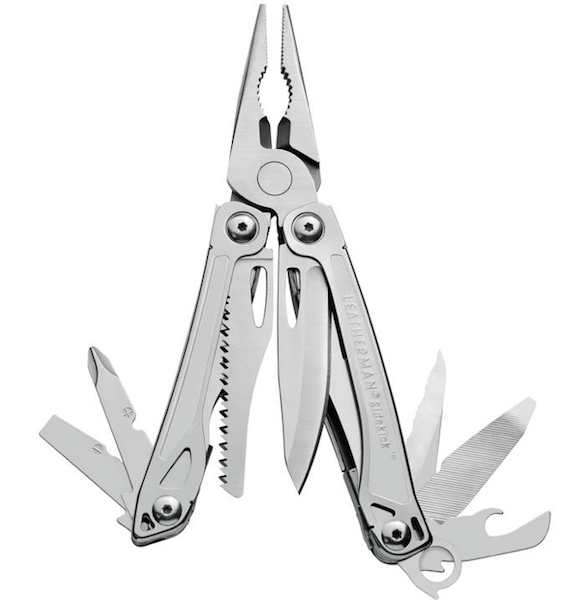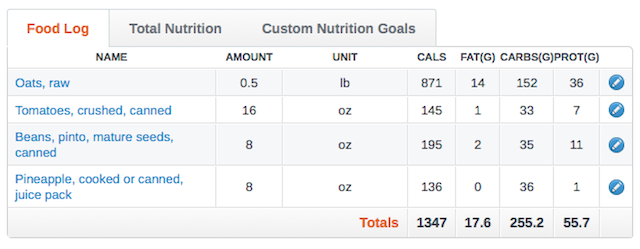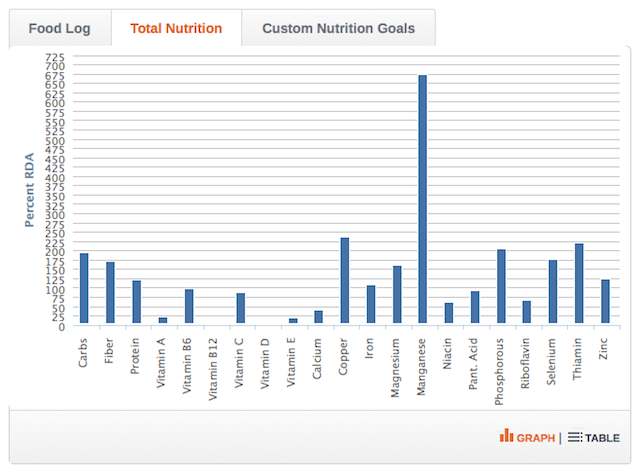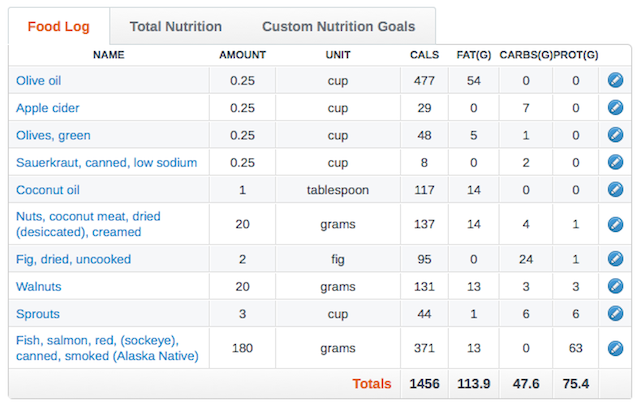
GO BOX Storage is giving away a Leatherman Sidekick Tool with sheath. We hope you have enjoyed this series and feel more prepared for emergencies.
Storing water and food for an emergency can be very simple:
- Store enough clean water for your household for 72 hours. Rotate your store of water at least once a year. In case the emergency lasts longer than 72 hours, have a secondary supply of water. This secondary supply could be rainwater in a barrel or some other source. Have some method of water treatment.
- Store enough ready to eat food for 72 hours. Rotate your store of food at least once a year. This food supply should be foods your family are used to eating. In case the emergency lasts longer than 72 hours, have an extra supply of ready to eat food. Many emergency experts recommend having a 30 day food supply.
If you would like more information about water and food storage, Independence Days: A Guide to Sustainable Food Storage and Preservation by Sharon Astyk will demystify the process. This book outlines why every household should have a program of food storage.
Sharon gives suggestions for how a householder could start a food storage program even with very limited financial resources. She is an avid gardener and processes the bounty of her garden by putting away food in a root cellar and processing food for storage by fermenting, drying, canning and freezing. This saves her a great deal of money. Food she doesn’t grow herself, she buys from local farmers, which supports the development of her local food system*.
Sharon believes food stores should be made up of foods that your family eats on a regular basis. She doesn’t understand the practice of buying emergency rations your family doesn’t intend to eat, a practice done by some emergency preppers. Thus, storing food intended for eating, means developing a method of rotation. Sharon walks the reader though how to put away and rotate 30 days of emergency food and water. She stipulates that her emergency rations could be eaten without cooking. Her suggestion for one person’s 30 days of food independence is as follows:
15lbs rolled oats, raw
30 16oz tomatoes, canned
30 8oz beans, canned
30 8oz assorted fruit, canned

I used fitday.com to get a breakdown of the macro-nutrients of Sharon’s emergency rations.

Here is the fitday.com micro-nutrient profile of Sharon’s emergency rations. A very small amount of cod liver oil and canned oysters would help with deficiencies in vitamin A, D and B12.
The Weston A Price Foundation would not consider eating raw oats a safe practice but would recommend soaking, souring and cooking the oats before eating. Most commercially canned beans and legumes are not normally soaked before canning and can be difficult to digest for some.**
Sharon’s list of emergency rations does not appeal to me because of existing health issues in my family. One major benefit of these Sharon’s emergency rations is price. The rations would fill someone up and give enough energy to do work. No matter how limited someone’s financial resources, they could put together this list, and achieve 30 days of food independence.
But Sharon’s list of emergency rations got me thinking about what I would store for 30 days, if I couldn’t cook or had to leave my home. I almost never eat canned foods but I do have a few commercially and home canned items in my pantry. This is the list I came up with for one person. It would be good for anyone with a on the Specific Carbohydrate Diet, GAPS or modified paleo diet:
30 180g assorted cans: wild sockeye salmon, albacore tuna in olive oil and sardines
500g assorted homemade beef jerky, buffalo jerky or home-cured meats
1L organic extra olive oil
1L organic cider vinegar
1L home-cured green olives in brine and olive oil
1L lacto-fermented kimchi or sauerkraut
500g organic creamed coconut
250g organic coconut oil
1kg pastured butter
1kg raw hard cheese
500g mixed organic dried fruit: figs, plums, apricots and apples
500g mixed organic raw nuts: cashews, almonds, pecans and walnuts
1c organic sprouting seeds: French green lentils, fenugreek, radish and broccoli

This is the macro-nutrient breakdown of my emergency rations. I would be concerned about this diet for any length of time because it lacks in fresh foods.
I cannot imagine any situation where I could not work out some way to heat water and cook. In my Got-to-Go Kit, I have a way to purify water, a stove, cooking gear and a kitchen kit.*** I would find a way to sprout seeds if there were no fresh garden produce available or a way to wildcraft greens. I would have two thermoses for keeping water hot all day long. If I could cook, I would add:
1L dried homemade mushroom, seaweed and herb broth
4L homemade dried onions, squash, carrots and garlic (fresh would be better)
You may find my list of emergency rations expensive but my family would come out of the 30 days well nourished. Actually, their diet would be very close to their regular diet. My emergency rations are very high in fat and moderate in protein. The carbohydrates come from the dried fruit, apple cider vinegar, mushrooms, dried assorted vegetables and sprouts.
Every family would have different emergency rations because everyone’s family has different health concerns. What would your family’s emergency rations look like?
SOS TIP: GO BOX Storage wants to help with your emergency preparation. On October 24, 2014 GO BOX Storage will be giving away Leatherman Sidekick Tool with Sheath on Facebook. Watch for the give away!
SOS TIP: If you don’t use Facebook but would still like to enter to win, finish the following sentence in the comment section below: I’d like an Leatherman Sidekick Tool with Sheath because… (your answer). We need your answer to the question so we know who wants to win!
*Even if you don’t have a garden, you can still put away food for the winter. October is a great month to pick up inexpensive, local food at the Kamloops Farmer’s Market.
**Here is Sarah Pope’s video for Proper Preparation of Grains and Legumes.
***For more information about cooking in primitive situations please see Eating Nourishing Traditional Foods While Traveling.
For more information please see the Emergency Preparation Series.
Updated April 9, 2015: If you are looking for rations that weigh seven pounds, has a very low volume, and will supply 17,259 calories, please see: Emergency Preparation: Fasting or Ketogenic Rations. WARNING: These are not normal survival rations.

